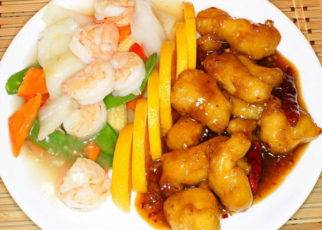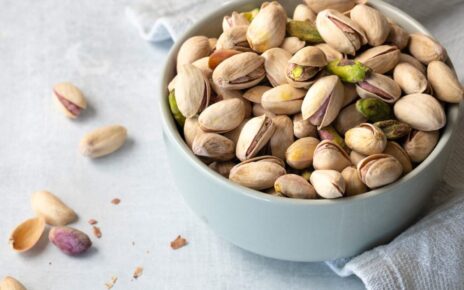If shopping is Hong Kong’s national sport, eating is the national hobby or obsession. With 7 million people crammed into a built-up area about the size of Manhattan, average living spaces are so small (450 sq ft) that cooking at home can be a problem. The solution is to eat out – anywhere, from street stalls and family-run eateries to giant malls and exclusive pent-house restaurants with sky-high bills to match.
How to Make Sense of Hong Kong’s Eating Paradise
The choice of places to eat is almost overwhelming. Competition is fierce, and the range reflects this British ex-colony’s past, its future as part of China (Hong Kong SAR) and the claim of the Hong Kong Tourism Board that HK is Asia’s culinary capital.
Eating Out in Hong Kong by District
Kowloon for hotel restaurants, family-run walk-in restaurants and fast-food outlets.
Hong Kong Central (HK Island) for high-end mall eating – often at basement or walkway level, but the sky’s the limit for penthouse restaurants with amazing harbour views, especially in the evenings.
Nathan Road and the Golden Mile (West Kowloon) for a huge range of good value restaurants, many of which are on second or third floors above the street level shops where the touts will escort customers through a maze of corridors and elevators.
Hong Kong Eating by Nationality and Region
‘Chinese’ just doesn’t cover it – think mainly spicy Cantonese, but also Shanghainese, Hunan, Szechuan and Beijing.
‘Mediterranean’ can cover Italian, Greek, Turkish, Spanish and Portuguese individually or several at a time.
Spanish influence is reflected in Filipino food, and so onto Mexican and Argentine, with a preference for beef.
Portuguese influence comes from nearby Macao, with a prevalence of fish dishes.
No one need feel left out – Japanese sushi bars are very trendy, British pub food is still available (The Bull and Bear, Wan Chai), Korean, Russian, Kosher, Halal – Hong Kong will probably have it.
Upmarket and Hong Kong Fusion Food
The best of practically everything is available in Hong Kong – for a price.
Go for the speciality restaurants of five-star hotels such as the Peninsula or the Landmark Mandarin Oriental, or Pacific Place.
Fusion food is the latest craze, produced by top chefs who use great ingenuity to reflect the way East meets West and North meets South in Hong Kong.
Hong Kong Street Food
For a huge selection of stalls, try Mongkok, on Kowloon.
Most markets have stalls with seating areas and are liveliest in the evenings.
Local people like to see their food being cooked to make sure it’s fresh.
Hong Kong Speciality Eating
Bird’s nest soup – made from the nests of swifts, collected from sea caves.
Shark fin soup – has seriously reduced shark numbers in the South China Seas and elsewhere.
Snake meat – choose the snake from a writhing boxful, and see it skinned.
Thousand-Year-Old-Eggs – only a few months old in fact, and no issues here except the smell.
Some people prefer to avoid the first three because of endangered species issues or cruelty involved. They are believed to promote good health or have medicinal value, but such claims are unsubstantiated – so who needs these with so much fantastic choice around?





